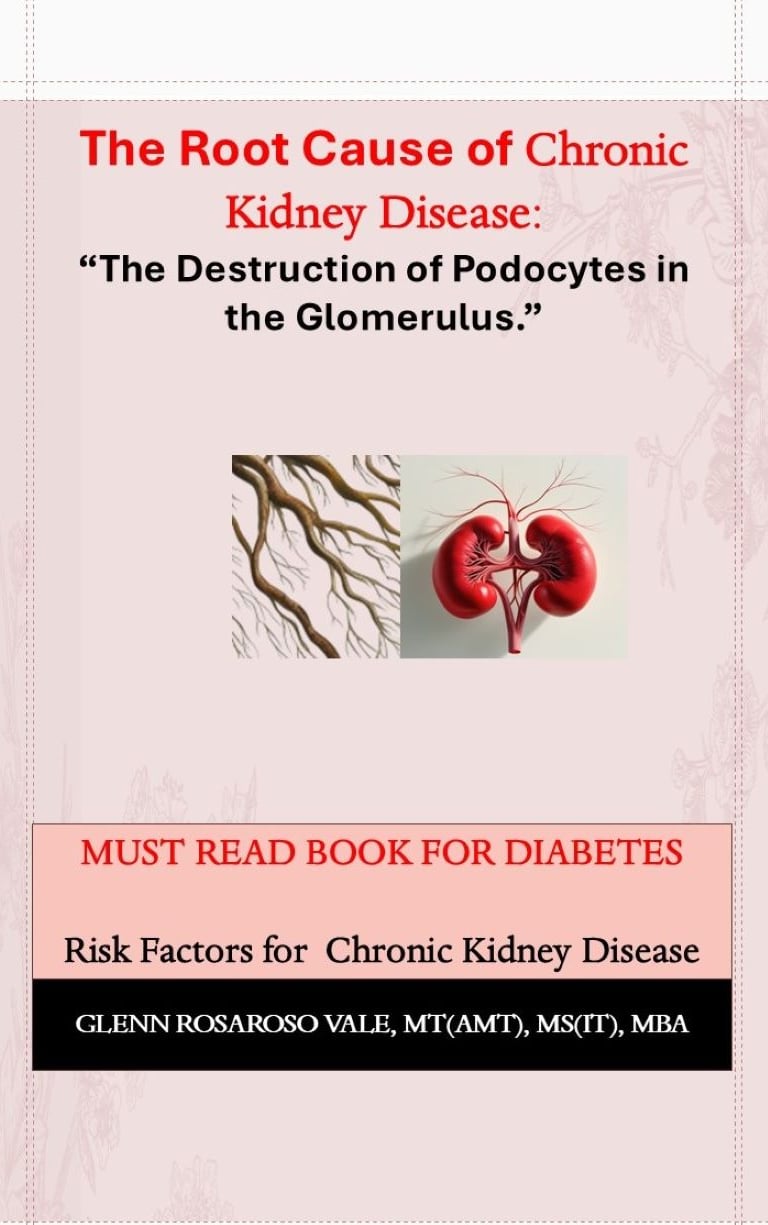"Uncover the truth behind the groundbreaking discovery of the causes of the world's biggest problems. 'The Root Causes' will change how you view the world!"
Understanding the Differences Between Acute and Chronic Kidney Disease
Introduction to Kidney Disease Kidney disease is a serious condition that affects millions of people worldwide. It can be classified into two primary categories: acute kidney disease and chronic kidney disease. Understanding the differences between these two types is crucial for diagnosis, treatment, and overall management. Defining Acute Kidney Disease Acute kidney disease, also known as acute kidney injury (AKI), occurs suddenly and is characterized by a rapid decline in kidney function. This decline can happen within a few hours or days and is often due to various causes, including dehydration, infections, or exposure to certain medications. Symptoms of acute kidney disease may include decreased urine output, fluid retention leading to swelling, and changes in mental status.
DISEASES
Glenn Rosaroso Vale, BSMT, MS(IT), MBA
12/2/20242 min read


Introduction to Kidney Disease
Kidney disease is a serious condition that affects millions of people worldwide. It can be classified into two primary categories: acute kidney disease and chronic kidney disease. Understanding the differences between these two types is crucial for diagnosis, treatment, and overall management.
Defining Acute Kidney Disease
Acute kidney disease, also known as acute kidney injury (AKI), occurs suddenly and is characterized by a rapid decline in kidney function. This decline can happen within a few hours or days and is often due to various causes, including dehydration, infections, or exposure to certain medications. Symptoms of acute kidney disease may include decreased urine output, fluid retention leading to swelling, and changes in mental status.
Understanding Chronic Kidney Disease
On the other hand, chronic kidney disease (CKD) develops gradually over a long period, typically months or years. This type is often the result of long-term conditions such as diabetes or high blood pressure, which can damage the kidneys irreversibly. Unlike acute kidney disease, CKD may not show significant symptoms in the early stages; patients may only realize they have a kidney issue during routine medical check-ups. As CKD progresses, symptoms can include fatigue, fluid retention, and critical level imbalances of electrolytes in the body.
Key Differences Between Acute and Chronic Kidney Disease
The fundamental differences between acute and chronic kidney disease regard their onset, duration, and treatment requirements. Acute kidney disease can be reversible with prompt and appropriate treatment, particularly if the underlying cause is identified swiftly. The treatment often involves addressing the cause, managing symptoms, and sometimes dialysis if kidney function is severely compromised.
Conversely, chronic kidney disease is generally irreversible. Management focuses on slowing disease progression and minimizing complications. Treatments may include medication management, lifestyle changes, and dietary adjustments. In advanced stages of CKD, patients may require dialysis or a kidney transplant to maintain their quality of life.
Conclusion
In summary, both acute and chronic kidney diseases represent critical health issues, with distinct characteristics and implications for treatment. While acute kidney disease demands immediate attention to prevent further kidney damage, chronic kidney disease requires a long-term management plan to maintain kidney function. Understanding these differences can empower patients and their families to make informed decisions regarding their health and treatment pathways.
Health
Understanding illness to empower your well-being journey.
Wellness
Knowledge
info@rootcauseprevention.com
903-268-6664
© 2024. All rights reserved.
grfv@sbcgloal.net



